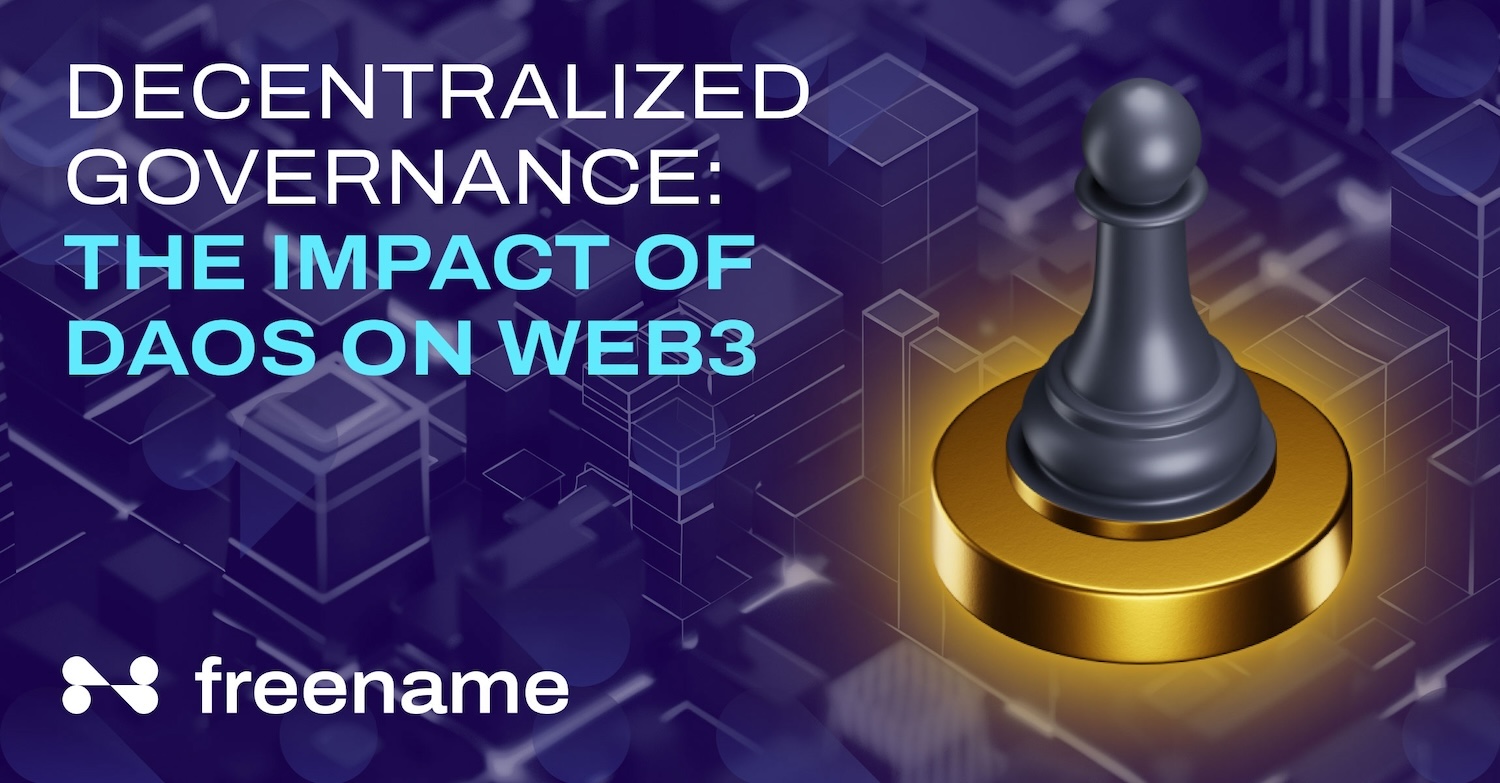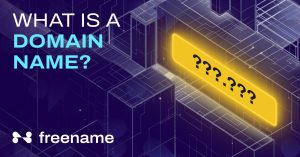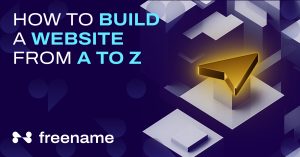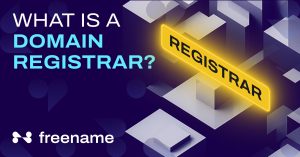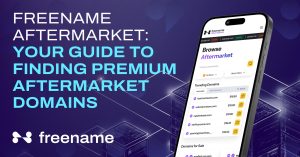Imagine a corporation where the analyst from the corner office and the janitor cleaning the bathrooms vote on business decisions with the CEO. That’s essentially the idea behind Decentralized Autonomous Organizations or DAOs, which are aligned with the concept of Web3.
DAOs are challenging the traditional corporation structure, which is heavily centralized. The decision-making power is often concentrated in the boardroom. However, in DAOs, there’s no management hierarchy, as they live and breathe on the blockchain, which is all about decentralization.
As of June 2024, there are over 2,400 DAOs with a combined treasury worth over $31 billion. So, it’s safe to say that DAOs are growing in popularity.
What Are DAOs (Decentralized Autonomous Organizations)?
DAOs are blockchain-powered organizations that are completely decentralized and follow a more democratic management structure for projects in Web3. All decisions and transactions are recorded by smart contracts that exist on the blockchain and are visible to the public.
Smart contracts replace traditional methods of governance found in corporations, such as executives, boards of directors, or legal frameworks.
The DAO’s members have decision-making power, and their voting rights are determined by the number of governance tokens they hold. The premise of such a structure is that members holding more tokens should have more votes, as they’re naturally bound to act in the organization’s best interest, as they have a big stake in it.
As a concept, DAO is inspired by the same idea as digital currency, which aims to address the centralized control of fiat currencies. DAO brings that idea of decentralization to corporations that are wholly digital and governed by participants.
How Do DAOs Work?
DAOs use smart contracts, so they’re run by computer code. When a DAO is first established, the founders mint a native token. Acquiring these tokens gets them a membership in the organization.
Smart contracts dictate all the decisions regarding the organization’s activities, which are recorded on the blockchain. For instance, the members may decide to increase the supply of tokens, which will be implemented through a certain code. Similarly, they may vote to reward current members with more tokens.
The voting power is distributed across all organization members, aka token holders. And their voting power depends on their share of the tokens.
The tokens are recorded in a treasury, and a DAO may have more than one type of token in its treasury. These tokens are typically issued for fiat currency.
Depending on the performance of the DAO or the demand of its membership, its token value may appreciate or depreciate. As for the activities, a DAO can partake in different activities in the digital world. For example, it can acquire NFTs using tokens from the treasury with its members’ consent (votes).
What Is an Example of a DAO?
DAOs can have a variety of use cases, which can be for-profit or non-profit. However, most are in the former category, as their activities focus on increasing the value of the tokens or raising capital.
Some of the common use cases of DAOs include managing funds, protocols, or communities and even raising funds for charity in a decentralized fashion.
One example of a for-profit DAO that focuses on managing funds is BitDAO, backed by PayPal founder Peter Thiel and crypto exchange Bybit. It allows members to buy stakes in other Web3 or DeFi projects.
The members or token holders of BitDAO collectively decide how the capital will be invested to support different projects. Think of it as a decentralized venture capitalist firm where everyone is part of the decision-making process. Recently, BitDAO has been unified with Mantle, a crypto project it has funded, creating a unified brand identity for the DAO.
What Role Can DAOs Play in Web3?
Web3, as an idea, is all about decentralization. It’s an iteration of the Internet in which content and other resources aren’t limited to a select few but distributed to all stakeholders. The ideas of decentralization and tokenomics are also the driving forces behind DAOs.
Web3, focusing on empowering individuals and distributing power, provides the perfect ecosystem for DAOs, regardless of their use case. DAOs run on technologies like blockchain, which dominate Web3. On the other hand, the success and wider adoption of DAOs help solidify Web3’s dominance in the digital world.
Web3 is projected to grow exponentially in the current decade, achieving revenue of $81.5 billion by 2030. DAOs, with their expansive treasuries, will play an important role in this market.
DAOs encourage community involvement by allowing all token holders to participate in the decisions. This differs from organizations with a presence on Web 2.0 that follow traditional corporate hierarchy and limit the decision-making to the top. Web3, as a whole, fosters the involvement of all stakeholders.
Potential Limitations and Absence of Regulations
Although the premise of DAOs seems promising, they face limitations and drawbacks. Firstly, there’s the always-present security risk. Blockchains are quite secure, as they use advanced encryption. However, blockchain users aren’t immune to attacks, especially scams or phishing attacks.
The 2016 attack on The DAO, one of the earliest DAO entities, showed the vulnerability of blockchain-based systems. The DAO lost $60 million overnight because of the hack, which was eventually recovered with Ethereum’s hard fork. This move resulted in Ethereum and Ethereum Classic.
Then there’s the question of inefficiency in decision-making, as so many participants are involved. Compared to that, an organization with just a handful of decision-makers at the top can make decisions more quickly.
There’s also uncertainty regarding the legal or tax implications of DAOs. As their use cases are so diverse, they don’t necessarily fit into legal status. Experts at Ernst & Young suggest a specific legal status for DAOs to determine their tax treatment. Some states like Wyoming and Vermont have allowed DAOs to register as legal entities, such as LLCs. This way, they can enjoy legal protections and have a clear pathway for taxation.
What’s Next for DAOs?
DAOs are being hailed as the future of Web3 as their adoption and influence grow. They’re challenging how organizations operate and make decisions, distributing power throughout. Many DAOs have experienced growth, just as some have seen a tumble.
It’s also tied to cryptocurrencies as tokens guide their economics. So, market movements in the crypto world will also likely influence DOA tokens. As the Web3 market and revenue grow, so will DAOs, making them integral to the adoption of Web3 worldwide.
| Most Web3 projects start with a domain. Register a safe Web3 domain with Freename! |

